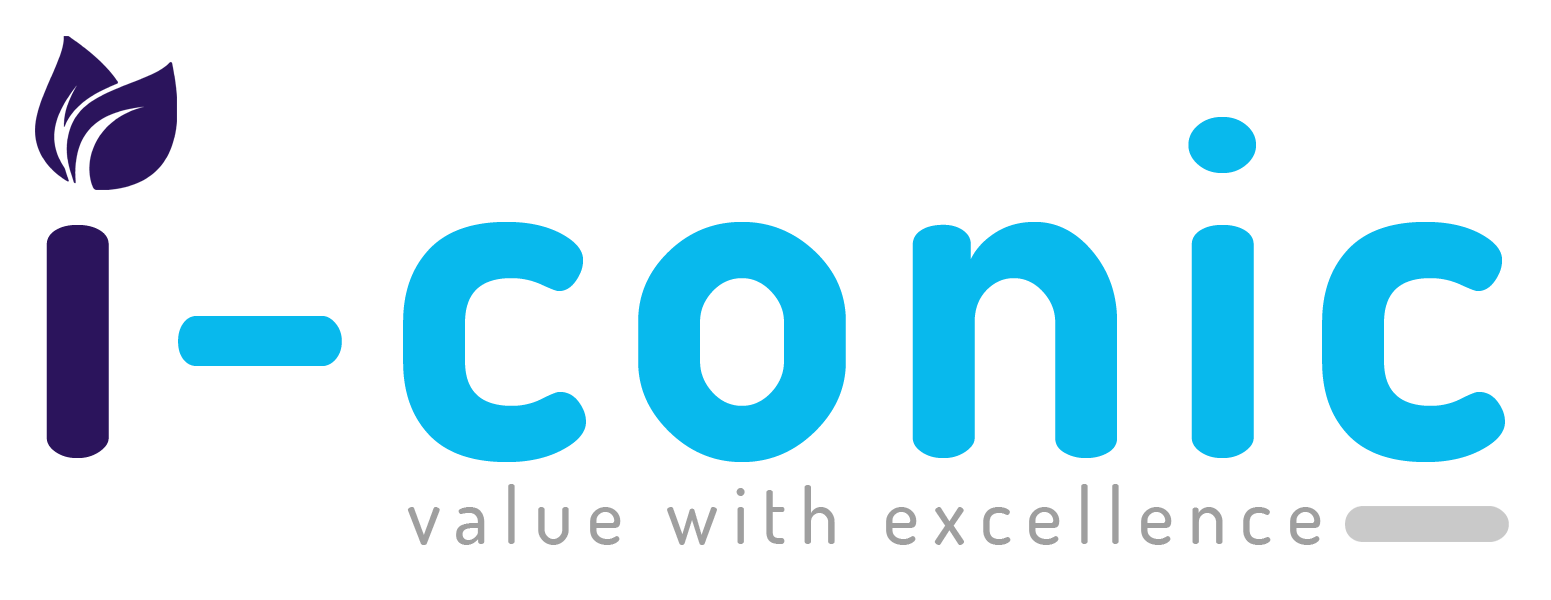Introduction
In the ever-evolving landscape of healthcare, providers are facing unprecedented financial challenges in 2024. The convergence of rising costs and declining revenues has created a perfect storm, leaving many healthcare organizations struggling to maintain profitability. Labor costs, exacerbated by staffing shortages, are eating into revenues, while patients grapple with the burden of escalating healthcare expenses. According to recent reports, the majority of hospitals were unprofitable in 2022, underscoring the urgency for effective revenue cycle management (RCM) strategies.
The Rise of Value-Based Care
Amidst the financial turmoil, value-based care emerges as a beacon of hope for healthcare providers. This transformative model shifts the focus from treatment volume to patient outcomes, incentivizing preventative and patient-centered care. The Medicare Shared Savings Program (MSSP) has demonstrated the effectiveness of value-based care, with accountable care organizations (ACOs) managing significant savings. As value-based care continues to gain traction, it signifies a profound shift in the healthcare landscape towards a more sustainable and patient-centric approach.
Embracing Patient-Centric Care
In the pursuit of financial stability, healthcare providers are increasingly recognizing the importance of prioritizing patient needs. Patient-centric approaches to RCM are gaining prominence, with providers offering transparent cost estimates, personalized payment solutions, and updated communication methods. By empowering patients with knowledge and flexibility, providers can enhance satisfaction and reduce the burden of medical expenses, thereby fostering a stronger patient-provider relationship.
Leveraging Technology for Efficiency
Gone are the days of technology hesitancy in healthcare. In 2024, technology plays a pivotal role in driving efficiency and optimization in RCM processes. Automation, AI, and machine learning are revolutionizing the way healthcare organizations manage their revenue cycles, freeing up staff to focus on complex cases and improving patient satisfaction. From automating repetitive tasks to predicting revenue loss, technology holds the key to unlocking new levels of efficiency and effectiveness in RCM.
Harnessing Big Data for Informed Decisions
In the era of data-driven healthcare, big data has emerged as a valuable asset for optimizing revenue. By harnessing insights from vast datasets, healthcare organizations can better understand patient populations, streamline operations, and enhance coding and billing accuracy. Data-driven tools enable providers to identify areas of revenue leakage and implement targeted interventions, ultimately improving financial performance and patient outcomes.
Advancements in Interoperability
Interoperability has long been a challenge in healthcare, but advancements in data exchange are breaking down information silos and paving the way for a more transparent and efficient ecosystem. Legislative measures such as the HITECH Act and the 21st Century Cures Act are driving progress towards secure electronic health information exchange. As interoperability improves, healthcare providers can access vital patient data seamlessly, enabling better coordination of care and more informed decision-making.
Integrating RCM with Remote Healthcare
The rapid expansion of telehealth in 2024 presents new opportunities and challenges for revenue cycle management. Effective RCM strategies are essential for optimizing revenue in this remote healthcare paradigm. From appointment scheduling to claims submission and follow-up, providers must ensure accuracy and efficiency in RCM processes for both in-person and remote encounters. By embracing telehealth and integrating it seamlessly into RCM workflows, providers can maximize revenue and improve access to care for patients.
Also Read : https://i-conicsolutions.com/what-is-healthcare-revenue-cycle-management-rcm/
Embracing Cloud-Based Solutions
As patient care moves beyond the walls of physical offices, cloud-based RCM solutions are gaining traction. These solutions offer scalability, enhanced security, and real-time data access, empowering providers to make informed decisions and adapt to changing needs. Patients benefit from the convenience of cloud-based systems for payments, EHR access, and RCM transactions, enhancing their overall experience and satisfaction.
Outsourcing for Efficiency and Expertise
In an increasingly complex healthcare landscape, providers are turning to outsourcing as a strategic approach to RCM. By partnering with external providers, healthcare organizations can reduce administrative burdens, gain access to specialized expertise, and focus on core competencies such as patient care. Outsourcing RCM tasks offers cost savings, efficiency, scalability, and access to cutting-edge technology, positioning providers for success in the evolving healthcare ecosystem.
Conclusion
As healthcare providers navigate the turbulent waters of 2024, effective revenue cycle management has never been more critical. By embracing the trends outlined above – from value-based care to technology adoption and interoperability – providers can weather the storm and emerge stronger than ever. By prioritizing patient needs, leveraging technology, and fostering collaboration, healthcare organizations can achieve financial stability while delivering exceptional care to patients. As we look to the future, its clear that successful RCM strategies will be essential for thriving in the dynamic landscape of healthcare.






